People from all age groups can be affected by ear disorders and hearing impairment problems. In the United States, a survey revealed that under the age of 65, over 60 percent of the population suffers from problems related to hearing loss. However, almost 25 percent of people aged above 65 experience a significant loss of hearing. Thankfully, different types of ENT surgeries are available to treat problems related to the ear.
Most often, people are diagnosed with problems related to the eardrum, or tympanum, and the infection in the cells of the mastoid bone. The tympanum is the thin membranous structure present between the outer and the middle ear. It vibrates when sound waves hit on it and this enables us to hear.
A repair surgery called tympanoplasty is required to treat a perforation or hole in the eardrum. The middle ear is sterile but due to rupture of the eardrum, an infection can also occur. It may also be required for repairing of tiny bones present behind the eardrum or ossicles in the mastoid bone. This repair is known as mastoidectomy.
Tympanoplasty and mastoidectomy are therefore conducted together in many cases. This procedure is known as tympano-mastoidectomy.
Several reasons may cause loss of hearing, including the following:
Birth defect
An ear infection that has grown very severe and left untreated for long
The injury suffered by the ear
Ear subjected to excessive levels of noise
Hearing loss as a result of age
Other reasons
Some of the common symptoms of a puncture in eardrum include the following:
Sharp pain in the ear that disappears abruptly
Excessive pressure, which will suddenly disappear with the rupture and pus formation in the ear
Loss of hearing
Dizziness
Type 1 tympanoplasty or myringoplasty is the surgery that ensures restoration of the eardrum that got perforated with drafting
Type II tympanoplasty addresses membrane perforations with erosion in the bone malleus. Grafting is done on the incus bone or in the remains of the malleus.
Type III tympanoplasty is meant for destruction of two ossicles and intact and mobile stapes bone. A graft is placed on the stapes and it provides protection for the total assembly.
Type IV tympanoplasty is useful for cases of ossicular destruction, which has all or part of the arch of stapes included. A graft is placed around the mobile stapes footplate
Type V tympanoplasty is useful when the footplate of the stapes bone is fixed.
For treating Cholesteatoma, tympanoplasty can be combined with stapedectomy and mastoidectomy and in many cases, a second operation is required to ensure the infection is totally eradicated.
The process will include an audiogram and history of the loss of hearing. It shall also evaluate facial weakness or vertigo experienced.
A microscopic examination is performed and otoscopy is used to understand the mobility of the malleus and tympanic membrane. A fistula test is also performed if a history of marginal perforation and dizziness is found. Apart from this entire blood and urine test is conducted prior to surgery.
The tympanoplasty surgery is performed with intravenous sedation and local anesthesia. An incision is made into the ear canal section and from the bony ear canal, the remaining eardrum is elevated and lifted forward. Under the operating microscope, the ear structures can be seen clearly. An incision behind the ear is made if the hole is very large or far forward. It ensures that the entire outer ear is forwarded, giving better access to the perforation.
The perforated remnant part is rotated forward after the hole is exposed and now the ossicles are inspected. Scar tissue and bands can surround the bones and they are removed with a laser or micro hooks. Now the ossicular chain is pressed to check its mobility and functionality. If it is found to be mobile, then the rest of the surgery aims at repairing the defect of the drum.
From the tragus, which is the cartilaginous lobe of skin in front of the ear, or from the back of the ear,
If the bones in the ear suffer from erosion, then ossicular reconstruction is advised. At times it can be determined before surgery but in other cases, erosion is visible only when the ear is completely opened under the microscope. The reconstruction can happen at the time of the eardrum construction. Bone erosion can happen at the tip of the incus or anvil. A discontinuity between the stapes and the incus has to be resolved.
A small piece of bone or cartilage can be inserted from some other part of the body of the patient if the gap between the two cones mentioned above is small. But if the gap is large, then the anvil bone is removed and remodeled to give a shape of a tooth with the help of the operating microscope. After reshaping the prosthesis, it is placed between the malleus and the stapes, and ossicular chain continuity is then re-established.
In some other ossicular construction, the malleus can get fixated by bony ingrowth or scar tissue to the ear’s lateral wall. The plastic-type or
Usually, a patient is discharged within two to three hours of the surgery. Along with a mild pain reliever, some antibiotics are also administered. After 10 days, the patient is again expected to visit so that packing can be removed and graft success can be checked.
Patients are advised to keep water away from the surgical site and avoid blowing of the nose. If the patient is suffering from cold and allergies, then decongestants are prescribed. Within 5 to 6 days, the patients can resume a normal life. After 3 weeks of the surgery, the packing is removed under the operating microscope and at this point, the grafting success can be completely determined.
Care must be taken by the patient to soak the ear canal with antibiotics to keep infection at bay. Shearing forces of excessive tension should not be felt by the graft. The surgeon will advise the patient to avoid activities that alter the tympanic pressure, including using a straw to drink or blowing of the nose. Finally, a hearing test is performed after 4 to 6 weeks of the surgery.
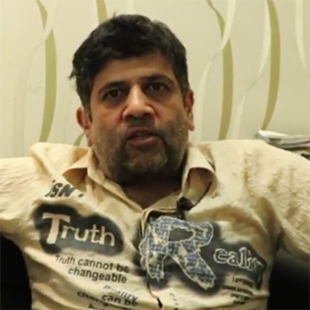
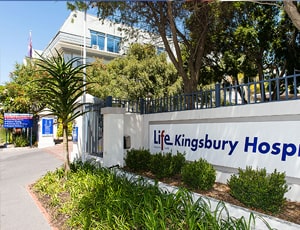
Cape Town, South Africa
In 2014, the long-awaited union of Life Claremont and Life Kingsbury Hospital took place, putting th...more
![]() Accommodation
Accommodation
![]() Airport Transfer
Airport Transfer
![]() Choice of Meals
Choice of Meals
![]() Interpreter
Interpreter
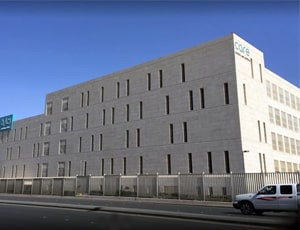
Riyadh, Saudi Arabia
History Riyadh care hospital is a highly specialized hospital with world-class infrastructure. The ...more
![]() Accommodation
Accommodation
![]() Airport Transfer
Airport Transfer
![]() Choice of Meals
Choice of Meals
![]() Interpreter
Interpreter
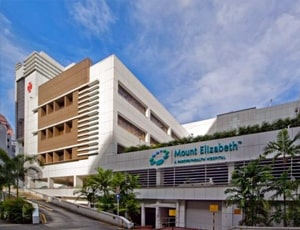
Singapore, Singapore
Mount Elizabeth Hospital is a multispecialty healthcare facility operated by Parkway Health. The hos...more
![]() Private Rooms
Private Rooms
![]() Translator
Translator
![]() Nursery / Nanny Services
Nursery / Nanny Services
![]() Airport Pick up
Airport Pick up

ENT Surgeon
Delhi, India
24 Years of experience
USD 32 for video consultation

ENT Surgeon
Delhi, India
15 Years of experience
USD 32 for video consultation

ENT Surgeon
Delhi, India
26 Years of experience
USD 32 for video consultation
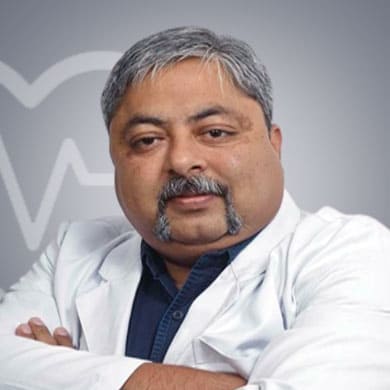
ENT Surgeon
Delhi, India
24 Years of experience
USD 32 for video consultation
Q: Is health insurance available?
A: Some health insurance do cover tympanoplasty
Q: What are some of my alternatives to tympanoplasty?
A: Alternatives to tympanoplasty may include a prosthetic ear, which is attached to the skull with the help of titanium pins inserted in the skull. For everyday cleaning, this prosthesis has to be removed and its maintenance is very simple and cheap. Medications can be used for otosclerosis, which can address the root cause of hearing loss. A hole can also be bored in the stapes using a laser light or else a hearing aid can also be used. In case of an ear infection, the adenoids can be removed, a procedure which is known as adenoidectomy.
Q: How long does it take to perform tympanoplasty?
A: A typical tympanoplasty surgery may last for one to two hours.
Q: How long does it take to recover from tympanoplasty?
A: It may take anywhere from 8 to 12 months to recover completely after the surgery.